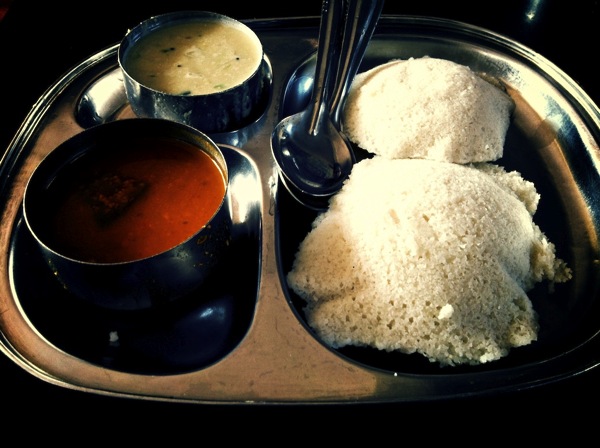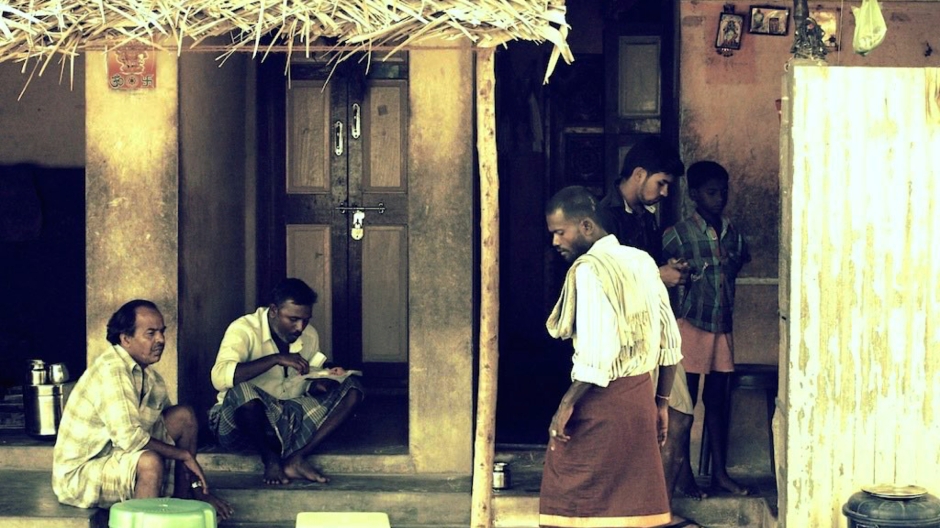
So here’s how a simple mistake or a turn of circumstances caused a great dish to become. Of all the happy accidents in history, I think I’ll peg this one as my favourite. As much as Sambar – my favourite dish! Of course, as accidents go, this discovery happened on one of my favourite blogs, Varnam, where he wrote of The Origin of Sambar. I couldn’t find the content the post had linked to, so some fun research led me to this:
“The Marathas were ruling Tanjore. Sambhoji was a great cook (the male clan members to note) and very fond of his amti with a handful of the tart kokum thrown in. In a particular season the kokum that was imported from the Maratha homeland did not reach the bare larder of the king’s kitchen. Sambhoji was cooking and the minions were shivering in their dhothis to tell him that his favourite dish could not be made that day. A smart Vidushak, who had been elected sous chef for the day, decided to solve the problem. He whispered in the king’s ears that the locals used very little tamarind pulp to gain a better sourness to the curry and that Sambhoji should experiment with this variation. Voila, the dish with the tuvar dal, vegetables, spices and the tamarind pulp was cooked and served by the king to his coterie. The court declared the dish an outstanding preparation (they had no choice with the king as Chef) and thus was born Sambhoji’s amti that in time became sambhar.”
(Via The Story of Sambhar by Padmini Natarajan.)
Update:
The link above is not working, you can view a cached image of the article here. If for some reason, this link also disappears, here’s the PDF of the Original post: The Story of Sambhar by Padmini Natarajan, from 2002, by Dr. Padmini Natarajan. This article was also mentioned in The Hindu – A Tale of Two Sambhars.

I read (I think in Dainik Sakal) that Sambhaji (Shivaji’s elder brother) was visiting Vyankoji (Shivaji’s half brother), the king of Tanjore. The King ordered his chef to prepare amti for the royal guest. As they were out of Amsul, the chef decided to use Tamarind and the experiment worked rather well. As this dish was prepared in honour of Sambhaji, it was named Samba-saar, which later became Sambar.
LikeLiked by 1 person